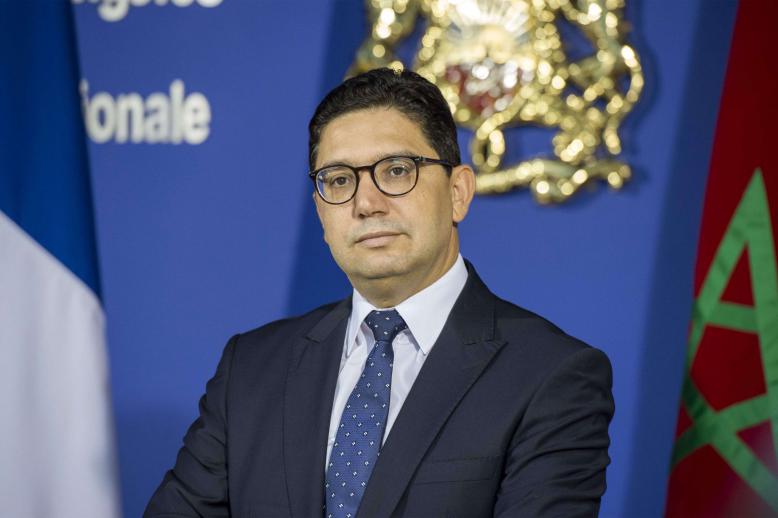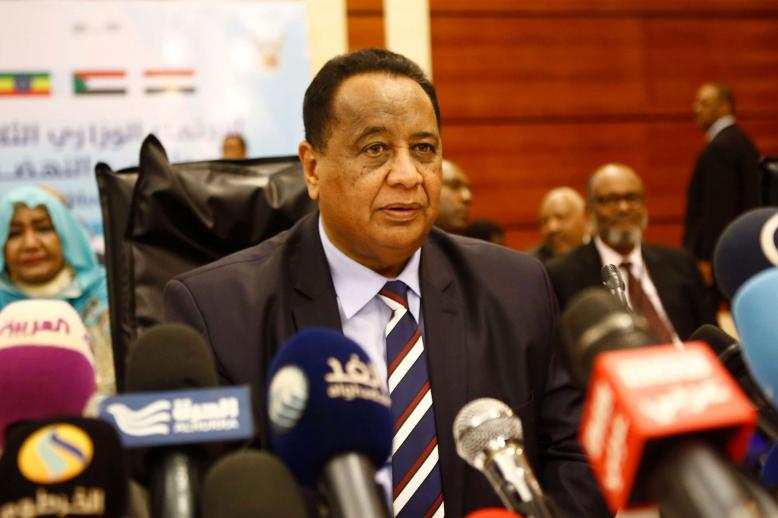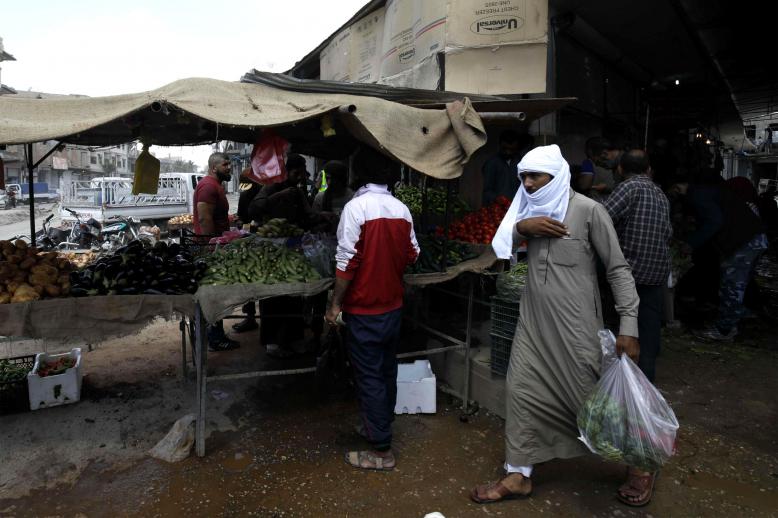Highs and lows in Egypt’s Operation Sinai

Egypt’s battle against the Islamic State (ISIS) has hit several roadblocks, with Operation Sinai 2018 — begun February 9 and expected to end within weeks — in full swing.
An attack April 14 on an army camp in central Sinai in which eight Egyptian soldiers were killed demonstrated that ISIS retains operational capabilities in the Sinai Peninsula. However, the death April 18 of Nasser Abu Zaqoul, the head of Sinai Province, an ISIS affiliate, in central Sinai represented a major blow to the group.
“The killing of this man will necessarily weaken ISIS, especially in the central part of Sinai,” said retired army General Gamal Mazlum. “Everybody expects ISIS to retaliate and I think the military command in Sinai has taken measures to prepare for this.”
Abu Zaqoul, 38, was known to have participated in the 2006 Dahab bombings, which killed 23 people, as well as the 2005 Sharm el-Sheikh bombings in which 88 people died.
He was responsible for logistical support for ISIS fighters in the Sinai Peninsula, including providing arms and hiding militants. Egypt’s military forces had been targeting Abu Zaqoul, forcing him to keep on the move.
Few say Abu Zaqoul’s death will end the threat from ISIS, with capabilities represented by the April 14 attack still in evidence.
“The attack shows that terrorist organisations active in Sinai possess the capability to stage attacks that claim a large number of victims,” said Khaled Okasha, a security analyst and member of Egypt’s Supreme Anti-Terrorism Council, the advisory security body of the Egyptian presidency. “Such attacks, of course, do a lot to raise the morale of the terrorists.”
Dozens of ISIS militants set out in the early hours of April 14 towards an army camp in central Sinai. Four militants set off explosive belts at the camp gate. Other fighters burst into the building, shooting guards.
Camp guards returned fire, killing ten attackers. Eight soldiers were killed and dozens of others injured. There were immediately questions about Egypt’s strategy of fighting terrorism.
Operation Sinai 2018 began February 9 to fulfil a pledge from Egyptian President Abdel Fattah al-Sisi to eradicate ISIS from the Sinai Peninsula and target terrorist groups across the country. Army figures indicate that more than 100 jihadists and at least 22 soldiers have been killed in the operation.
Almost all army units are participating in the operation, which includes aerial bombardments and ground attacks on ISIS hideouts, mostly in North Sinai. The operation includes a siege by the Egyptian Navy around the coast of El Arish in northern Sinai to cut off supplies to ISIS.
The operation was to have been completed by the end of February. Sisi, on November 29, set a 3-month deadline to restore security to Sinai after an ISIS attack on al-Rawda mosque in which 311 worshippers were killed. It is the deadliest terrorist attack in Egyptian history.
On February 26, Army Chief of Staff Mohamed Farid Hegazi requested an extension of the campaign, given the intricacy of the mission and the difficulty of rooting out ISIS from the mountainous Sinai Peninsula.
The terrorists, he said, had been operating inside the Sinai Peninsula for several years, which helped them build a strong infrastructure in the area, including a network of tunnels, hideouts and arms caches.
A concerning point about the central Sinai attack is that it took place outside of the traditional theatre of the conflict in North Sinai. However, analysts said this was proof that the army’s campaign was succeeding.
“This is why they [the terrorists] are trying to strike somewhere else to reduce pressure on them in North Sinai,” said retired army General Ahmed Youssef Abdel Nabi. “Army operations in North Sinai are reducing to nothing the capabilities of the terrorists and forcing them to turn tail.”
ISIS operations in recent years were limited to Sheikh Zuweid and El Arish in North Sinai. Central Sinai was considered a buffer zone between ISIS elements in the North and South Sinai, which contains the popular Red Sea resort of Sharm el-Sheikh and billions of dollars of tourist investments.
Egypt’s fear is that military operations in North Sinai could push ISIS and other militant groups in the peninsula to seek targets in central and south Sinai.
This is why Okasha called for an overhaul of the strategy implemented by Egypt’s armed forces against ISIS, particularly in central Sinai.
“Dependence on heavy military equipment,” he said, “will not be useful in areas where the army needs to act swiftly to track the terrorists, follow them and kill or arrest them.”
Hundreds of thousands of mourners paid tribute to the eight soldiers killed in the April 14 attack in the days that followed the attack, scenes that have become common throughout Egypt.
Egypt has lost hundreds of troops and policemen in its war against terrorism but the war can get more complex as ISIS changes its tactics, experts said.
“One of the things ISIS is doing now is to stage attacks away from North Sinai by what are known as cluster cells to protect the part that remains of its infrastructure,” said Nageh Ibrahim, a former militant leader and now a terrorism expert. “This always happens in the case of large terrorist organisations reeling under intense crackdowns, which makes it necessary for the army to change some of its strategies.”
Ahmed Meghid is an Egyptian reporter based in Cairo.
This article was originally published in The Arab Weekly.




